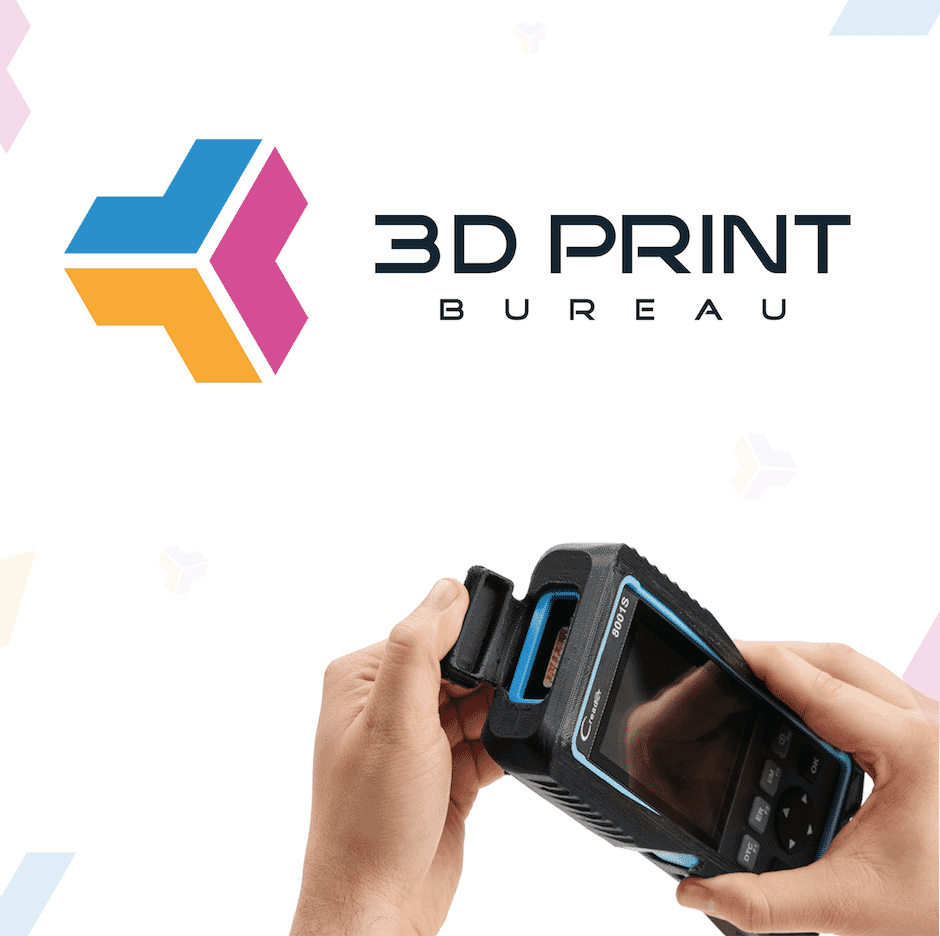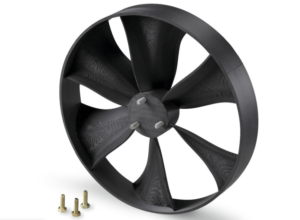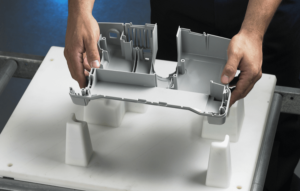Four of the most used FDM materials by the Bureau

Discover our most popular FDM materials
This month at the 3D Print Bureau we decided we wanted to share our four most used Fused Deposition Modelling (FDM) materials.
Although there are many other 3D printing technologies available with a range of different materials, it doesn’t necessarily mean they are able to produce the best parts. Stratasys FDM materials can produce reliable, accurate parts that meet a broad set of application needs, making them a go-to when 3D printing. So today we decided to share our most used Stratasys FDM materials, which include ABS-M30, ABS-ASA, PC-ABS and PC. These four materials have been used consistently throughout our orders and have provided us with reliable, accurate and repeatable results.
Our bureau manager Dave Bennett commented:
Our customers benefit from the choice of numerous FDM thermoplastics that are available in the Stratasys range and can assess a material that meets the criteria required for a specific application.
ABS-M30
ABS is a general known material, its recognised throughout a number of industries with its range of colour options, high versatility and strength making it the ideal material for concept models and moderate requirement parts. Over time its evolved and developed its ESD performance, colours and stability, producing a unique combination of mechanical and aesthetic properties that create a reliable resin that’s commonly used. Due to the strength of this material customers are using ABS-M30 for general form and fit models including jigs and fixtures and end use parts.

The benefits of ABS-M30 is that its 70% stronger than ABS, with a high or coarse resolution available for both finer features and large models. ABS-M30 has greater tensile, impact and flexural strength than standard ABS producing more durable parts that are ideal for production parts, concept parts, thermoform tools and jigs and fixtures.
ABS-ASA
Both ABS-ASA and ABS-M30 are similar, they make great choices for functional prototyping due to their mechanical strength and similar material properties. ABS-ASA, however, can be a substitute for ABS-M30, and offers UV Stability, which is what has created the materials appeal, as additive manufacturing becomes further into production application the need for a material that works in hash environments increases. ABS-M30 material isn’t capable of handling UV light and therefore ABS-ASA offers an alternative that provides a solution against environmental challenges. Applications that our customers have used this for are outdoor part placements, on-vehicle testing parts and infrastructure applications.
There are a range of colours available which can be applied to a variety of application such as electrical housing, brackets, sporting goods and automotive prototypes. This material has great heat resistance, great aesthetics, resists fading and significant mechanical degradation over prolonged UV exposure.
PC-ABS
PC-ABS has superior strength and heat resistance of PC (Polycarbonate) and has the flexibility of ABS. It is one of the most shared industrial thermoplastics used due to its perfect blend of materials, enabling applications such as industrial equipment manufacturing, form, fit, functional prototypes and low volume production parts to be made.
Our customers particularly like using this material due to higher HDT (heat deflection temperature) compared to standard ABS.

PC
PC (Polycarbonate) is an accurate, rigid, stable industrial thermoplastic, with its superior mechanical properties, which are greater than ABS and several other thermoplastics, parts can be made strong and are capable of withstanding functional testing. PC material offers a range of benefits with its high heat resistance, high tensile and flexural strength as well as being RF transparent perfect for automotive, aerospace, medical and many more other applications. With its durability and stability, we see our customers making the most of Polycarbonate to produce concept models and strong jigs for their factory floors
Overall each material has its individual unique properties that make it perfect for its own range processes and applications. At the 3D Print Bureau, we are always happy to help, we can provide you with support and advice with our knowledgeable and experienced team who are always available to answer any questions or support needed.

